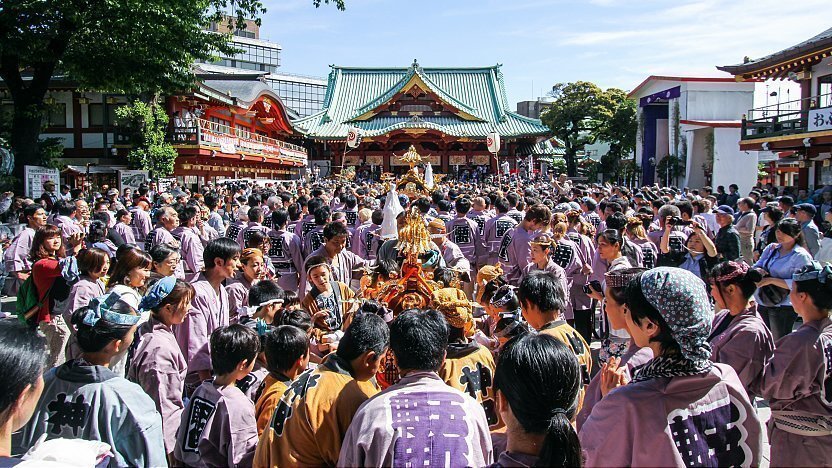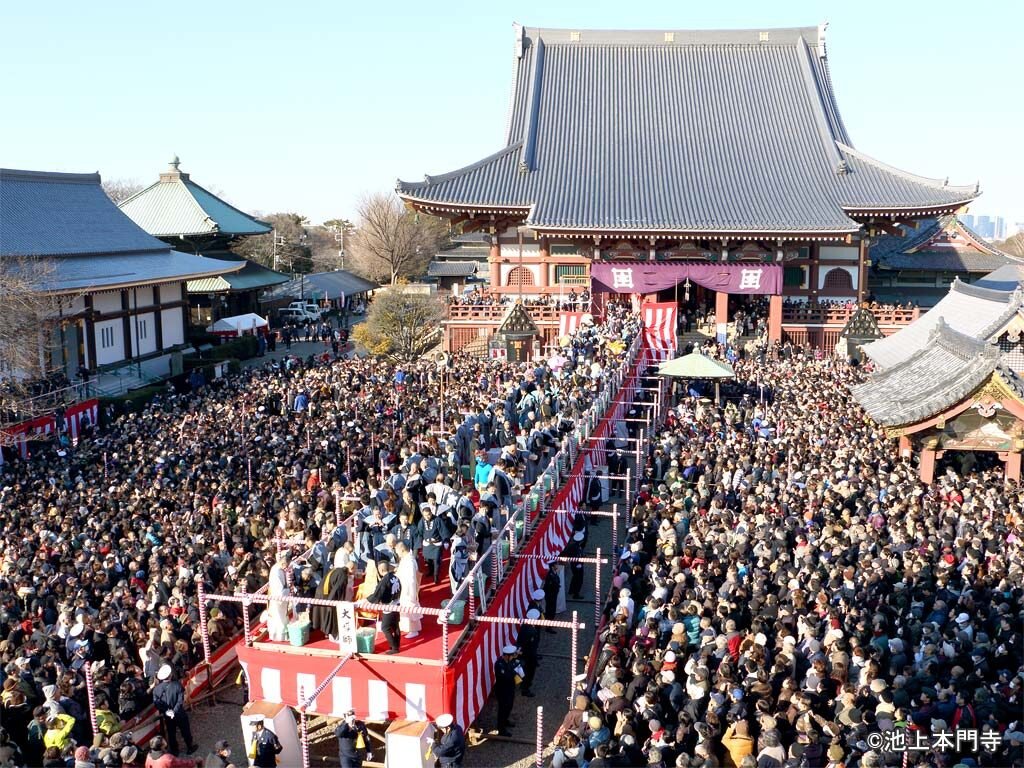Dating back to 1968, the Fukuro Festival started in order to promote 4 local stores on the west side of Ikebukuro Station. Today, it has grown to be a large, two-part festival through late September to early October involving the whole neighborhood.
The first part is the Owl Festival (Fukuro means owl in Japanese) and the second part is known as the Tokyo Yosakoi Festival which features a Yosakoi dance battle. The festival features a mikoshi parade(portable shrine), taiko drum shows, hayashi festival music, yosokai dancing, food stalls and a lively atmosphere.
Entrance fee: Free
Photo credit: Tokyo Weekender
Location: 1 Chome Minamiikebukuro, Toshima City, Tokyo 171-0022, Ikebukuro Station
Dates: Late September to early October
Website: N/A
How to get there: Ikebukuro Station is on the JR Yamanote, Saikyo, Shonan-Shinjuku Lines. It is also on the Tokyo Metro Marunouchi, Yurakucho and Fukutoshin Lines. A 20 minute train ride from Tokyo Station on either the Yamanote or Marunouchi Lines.


















